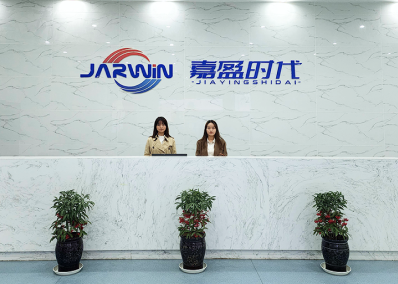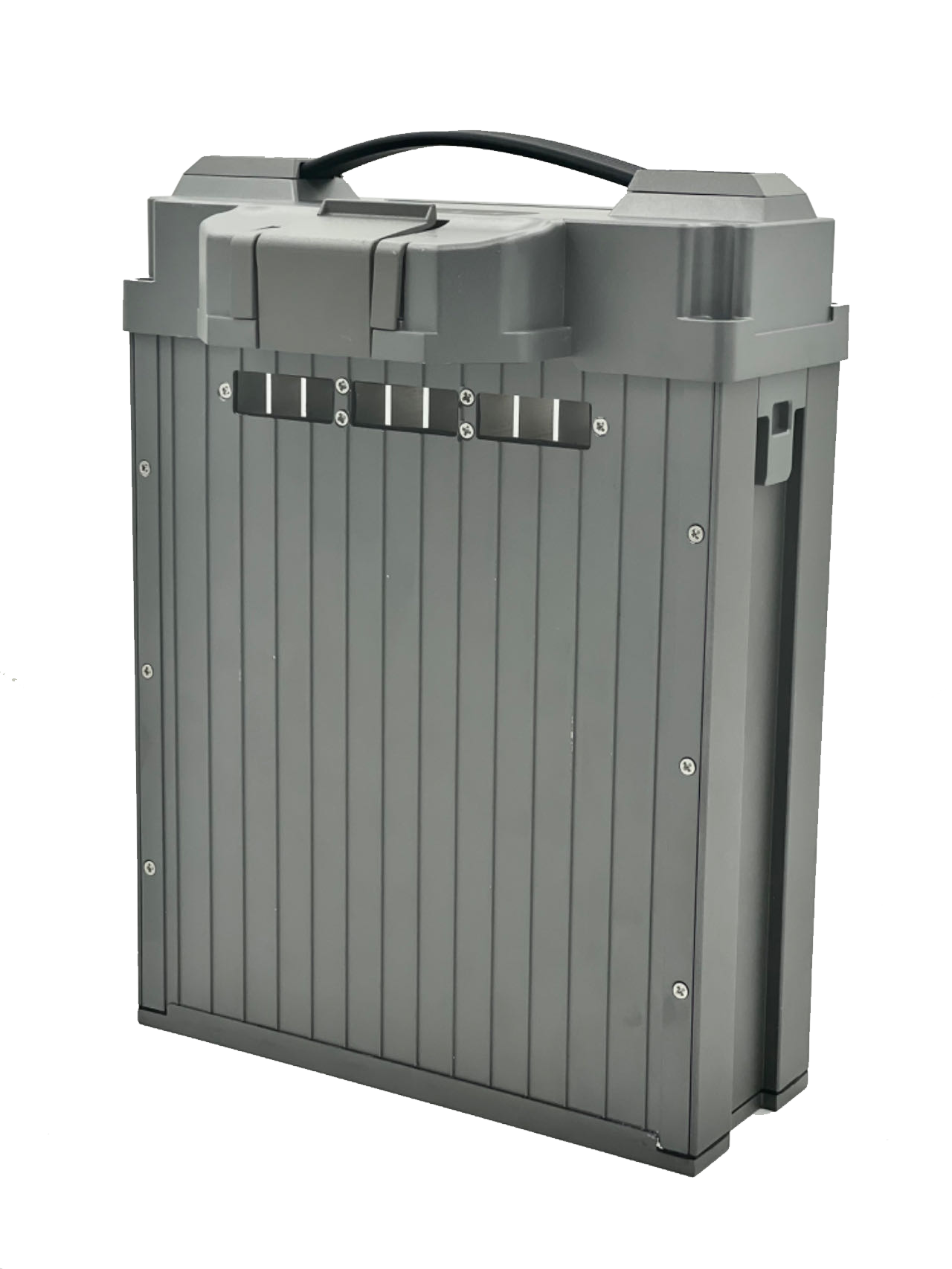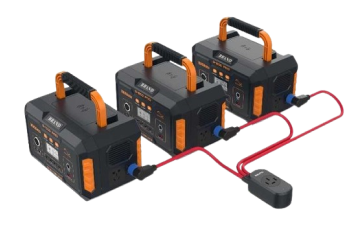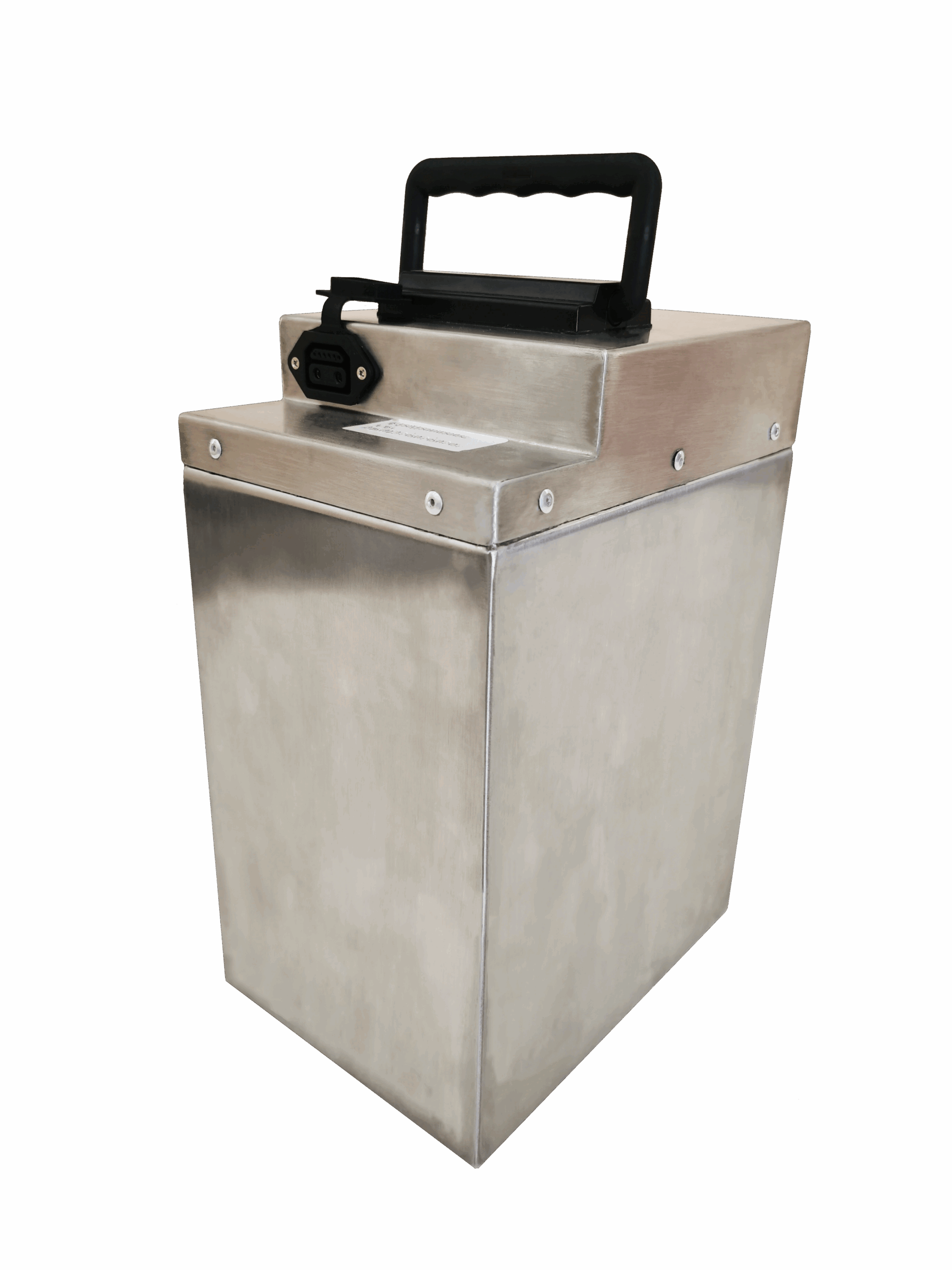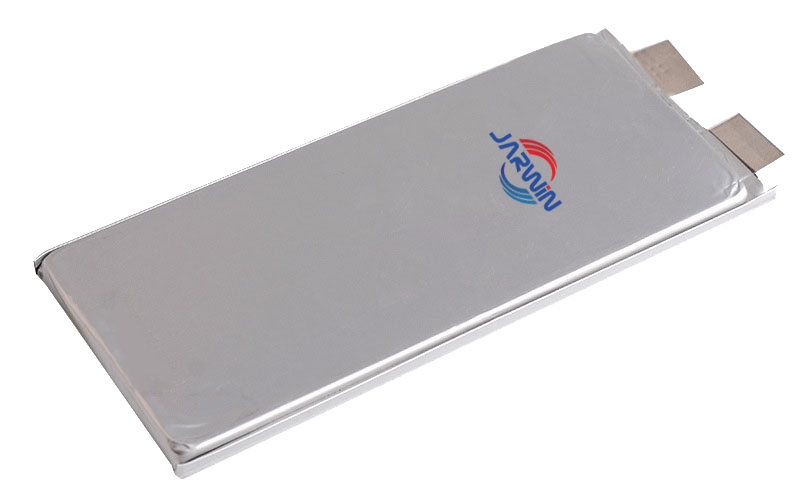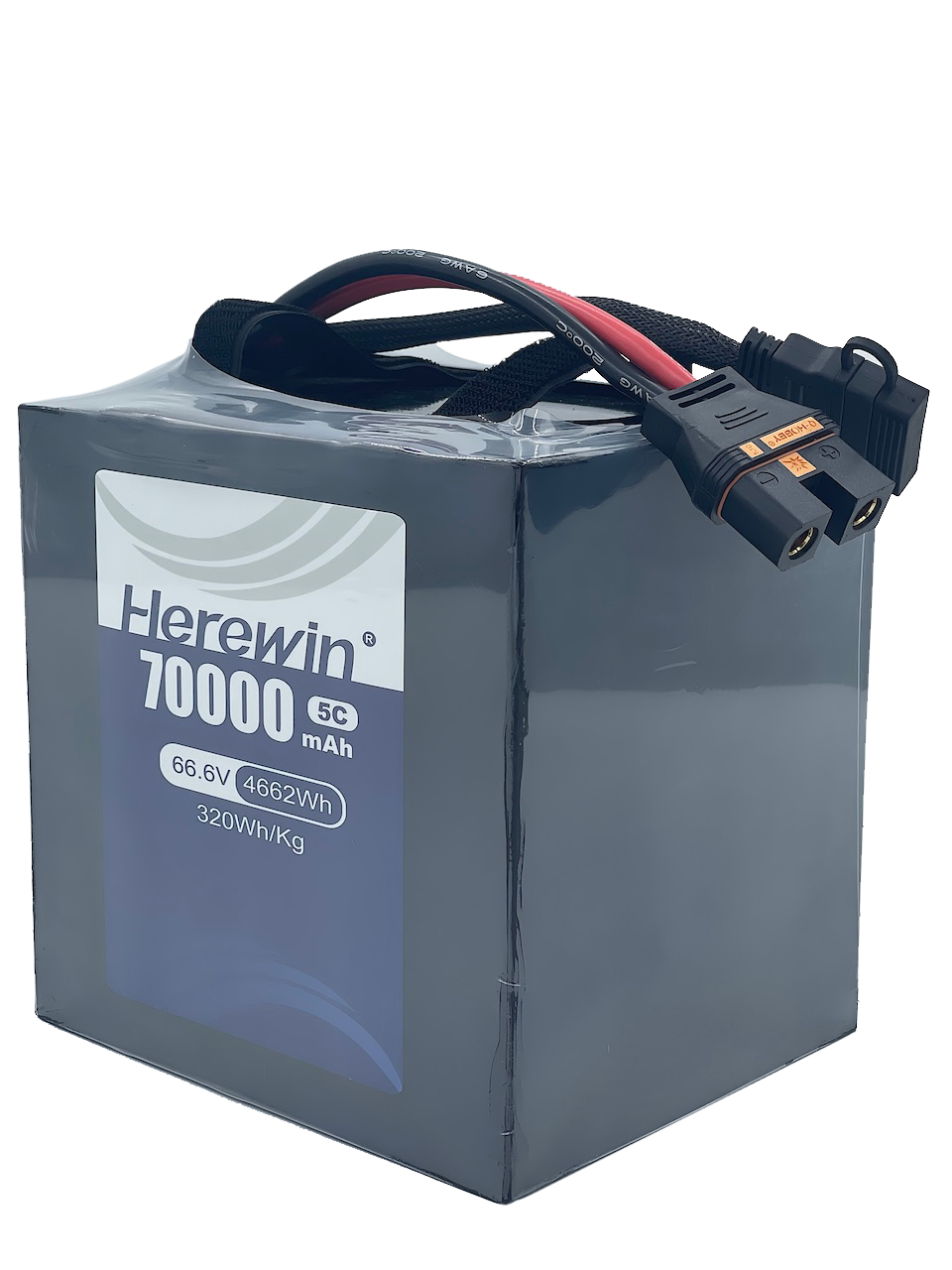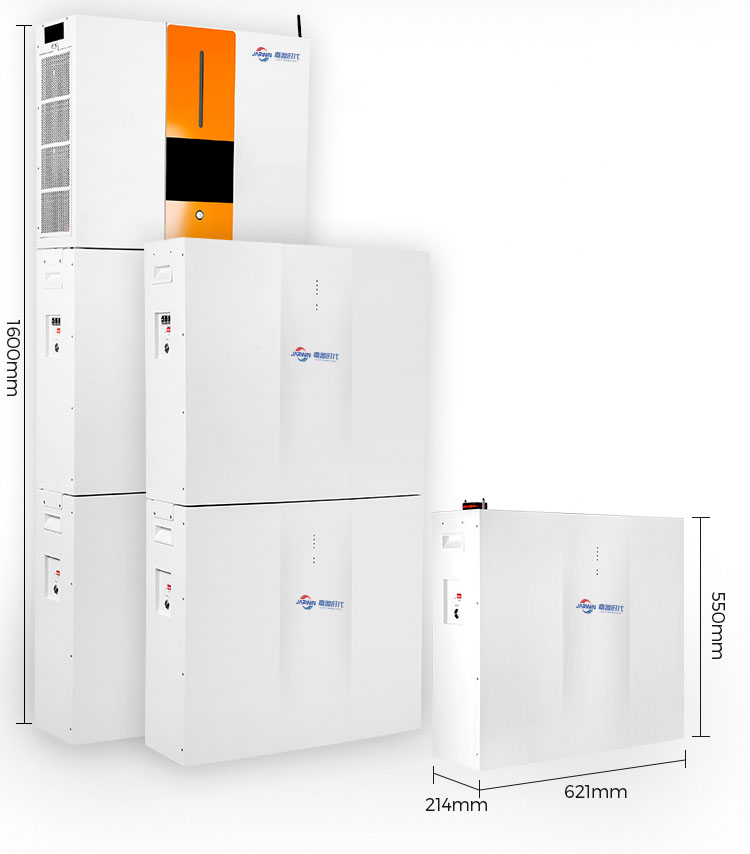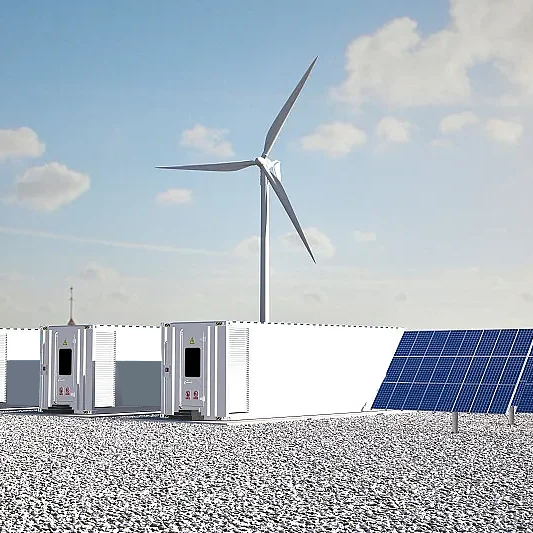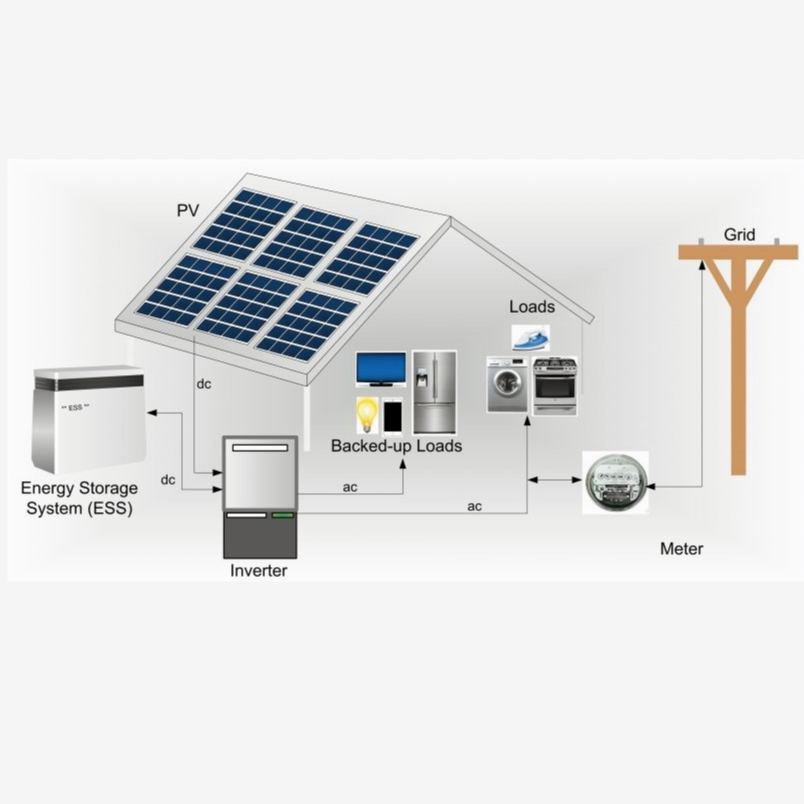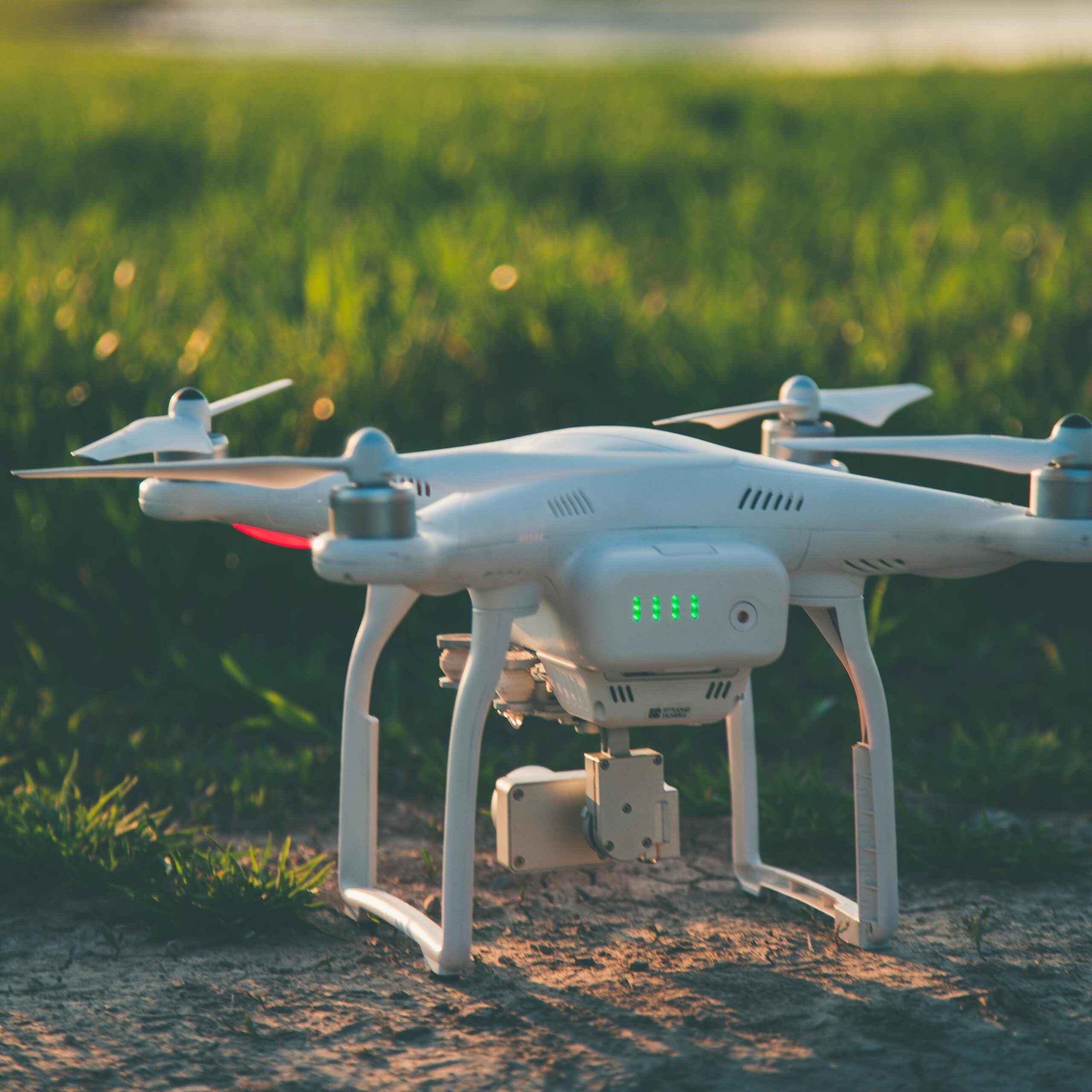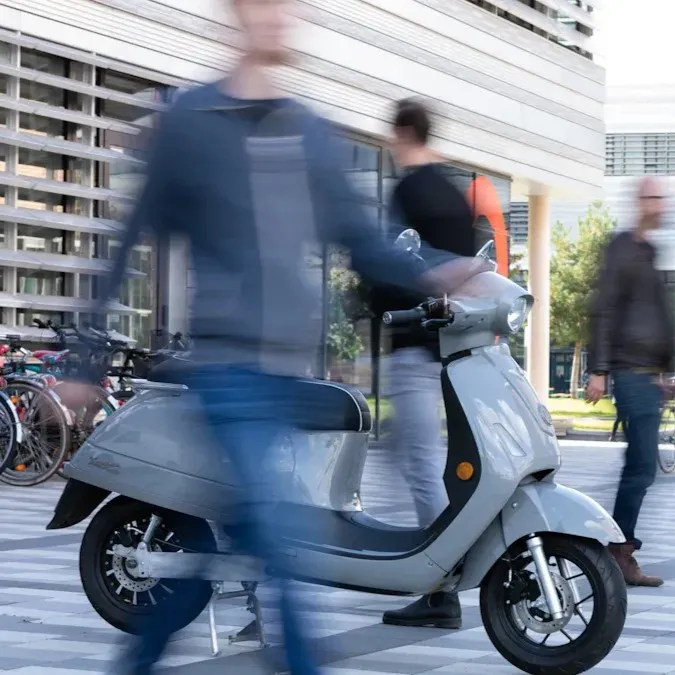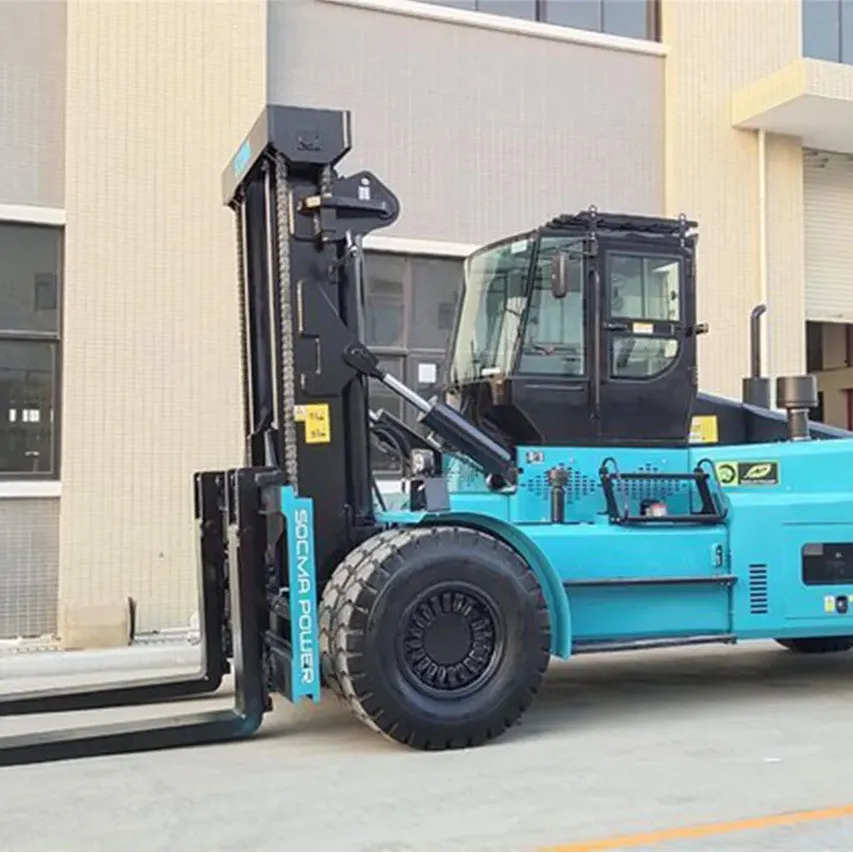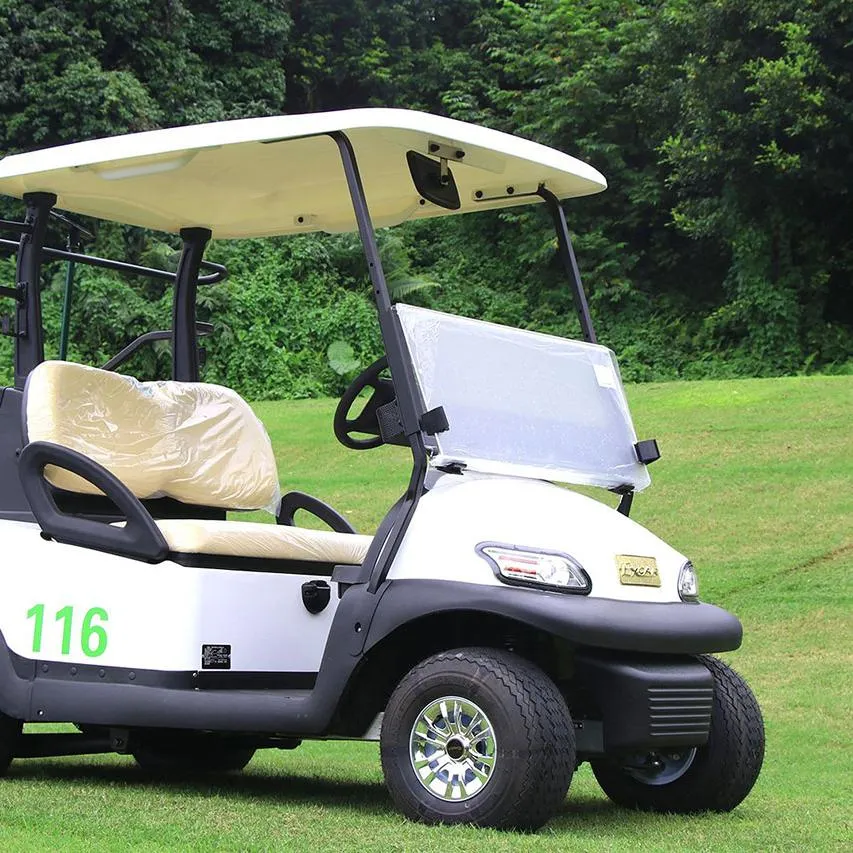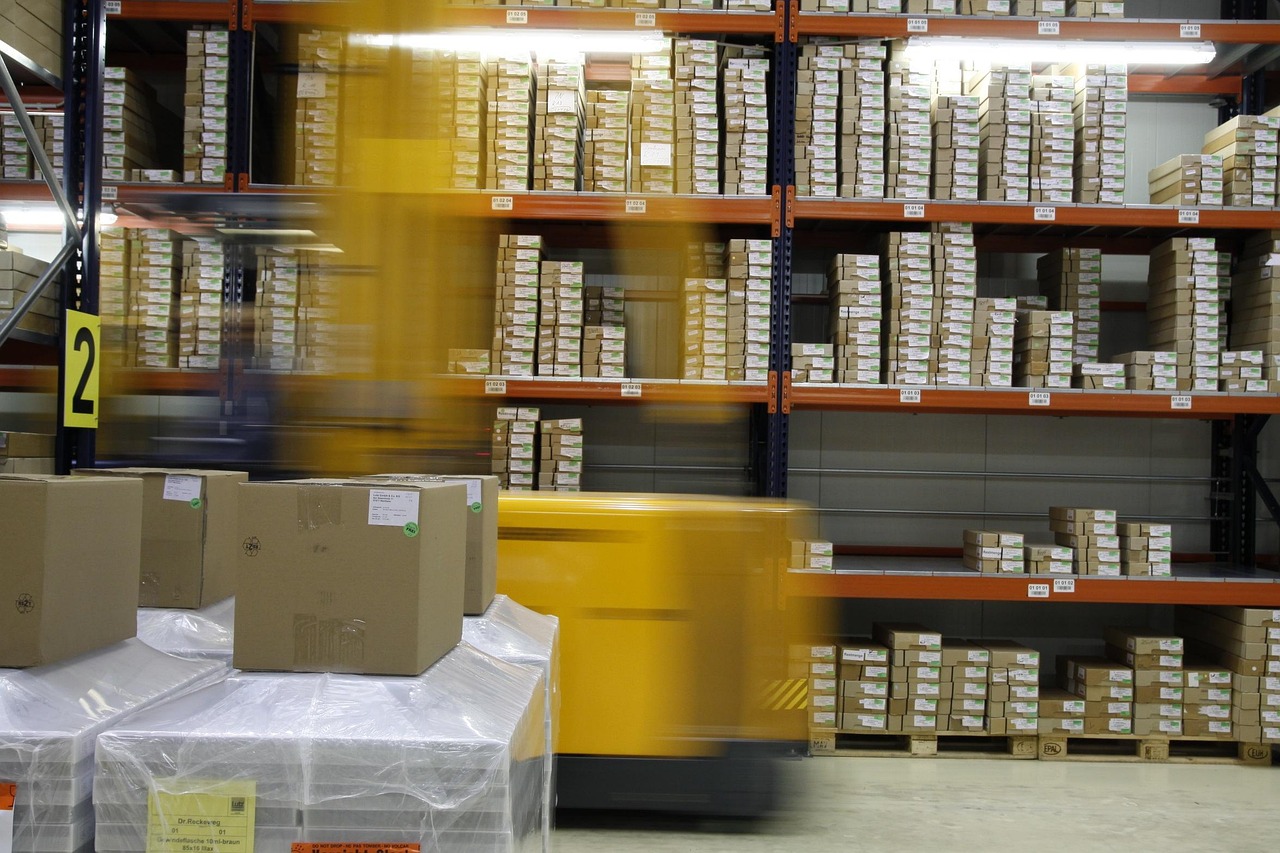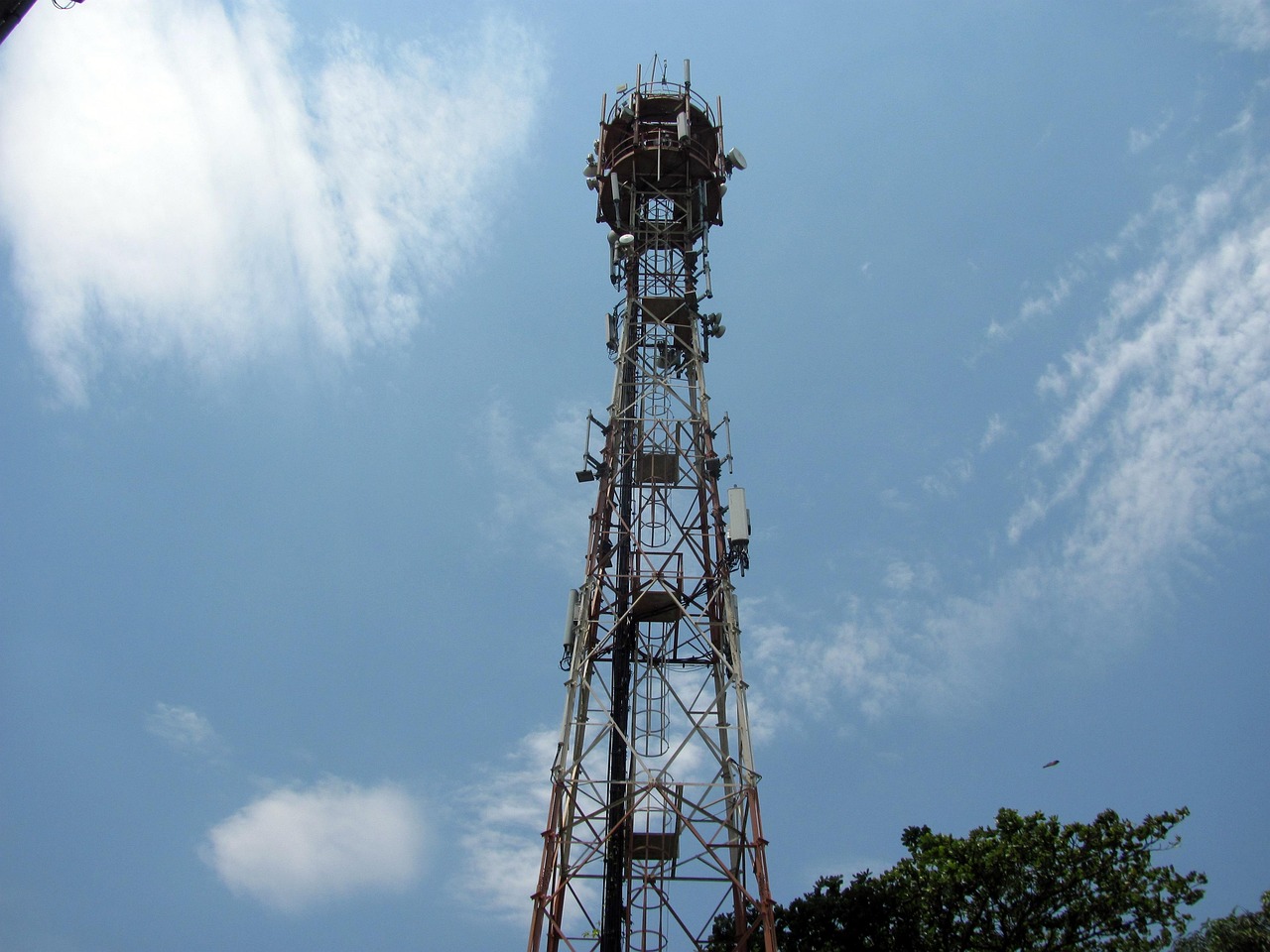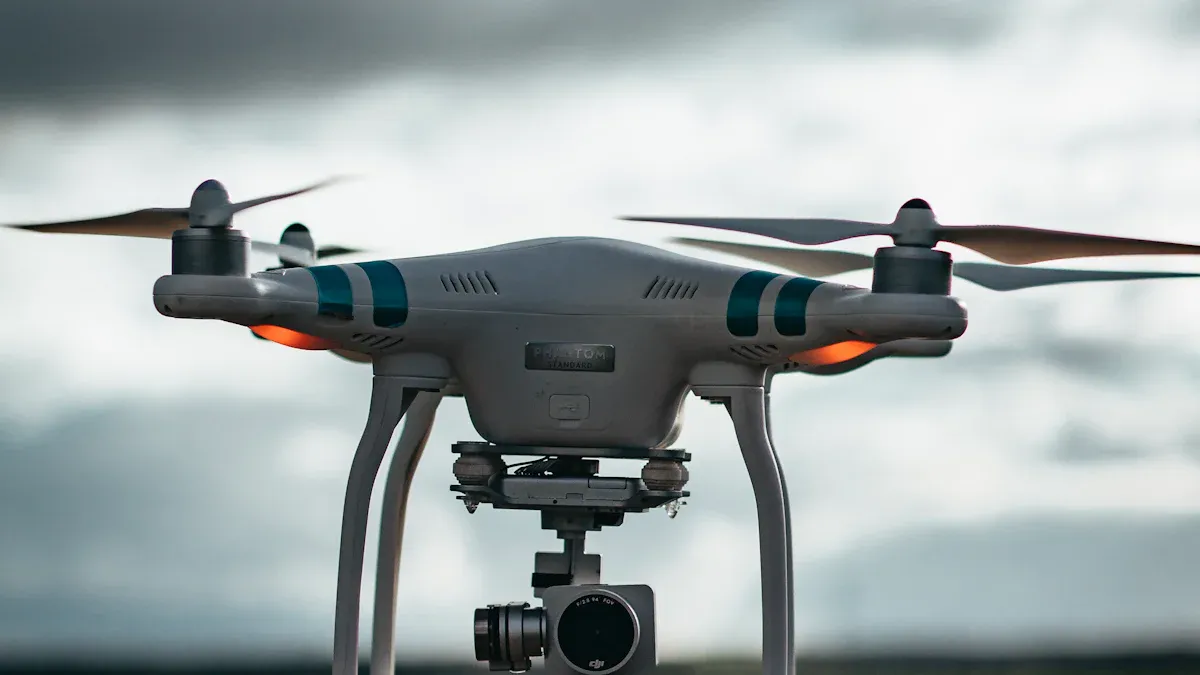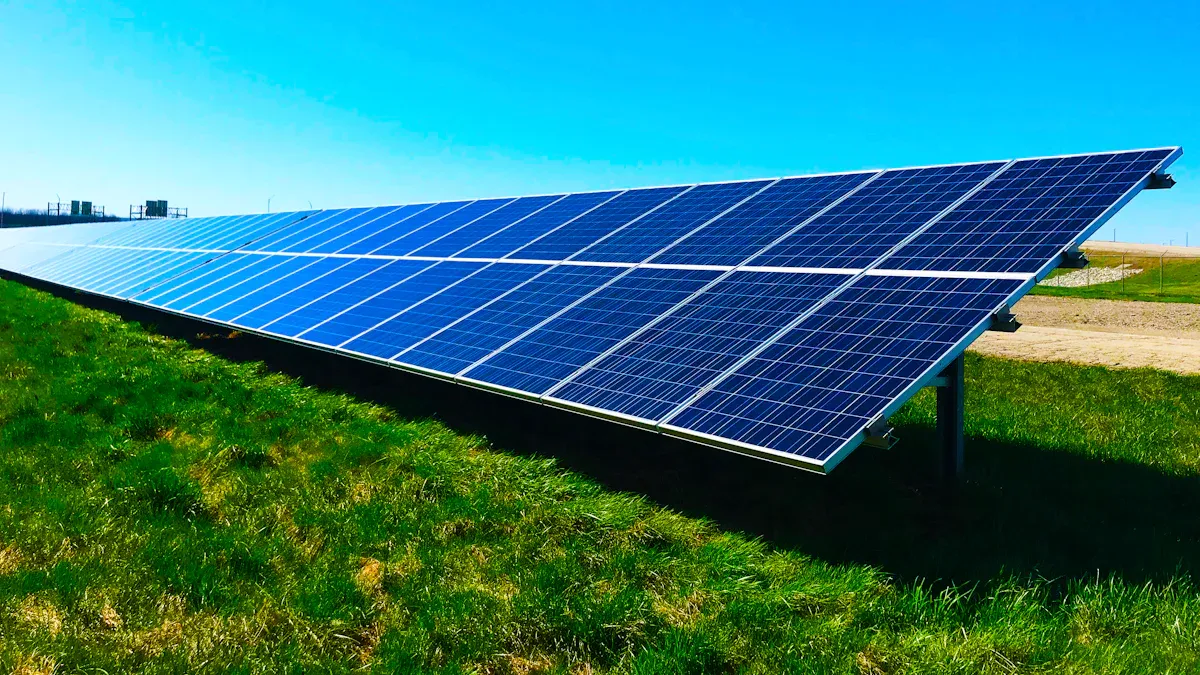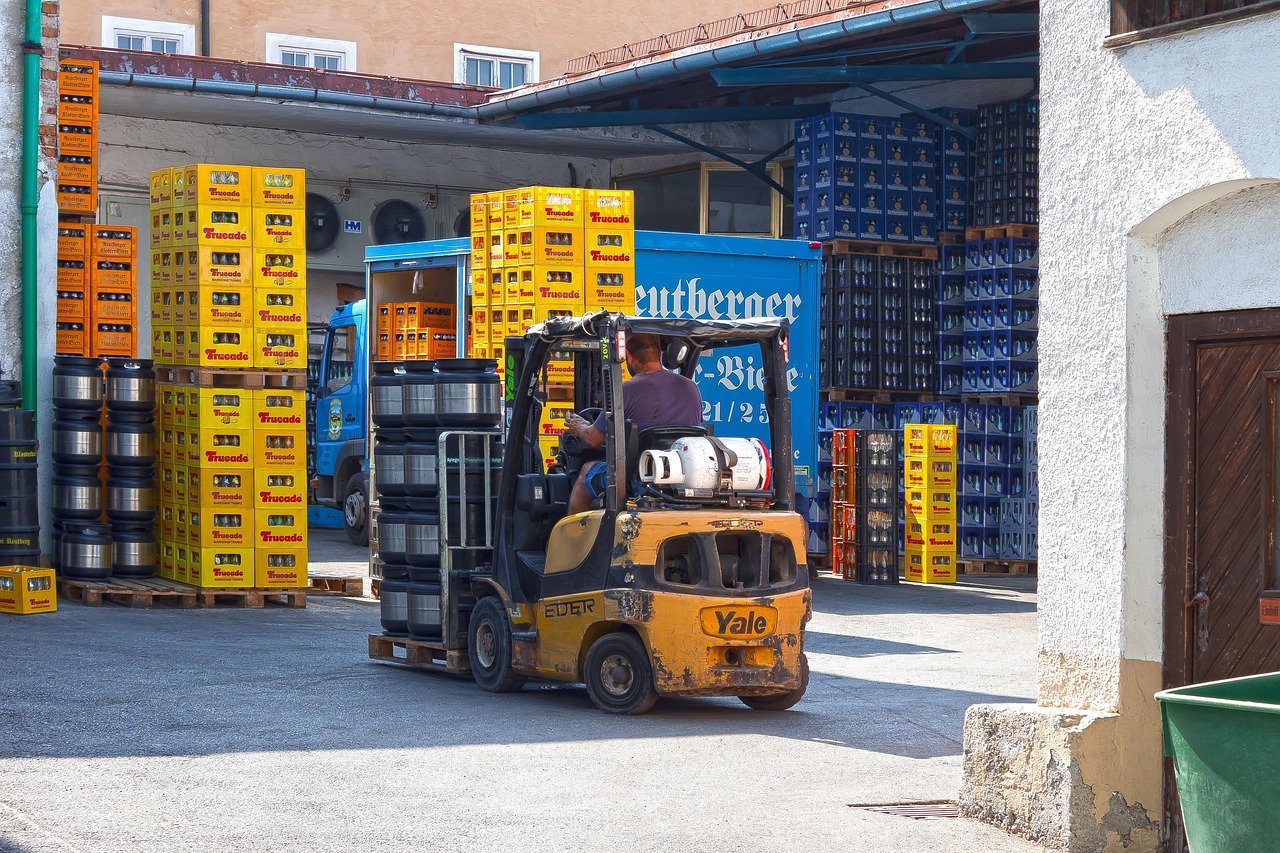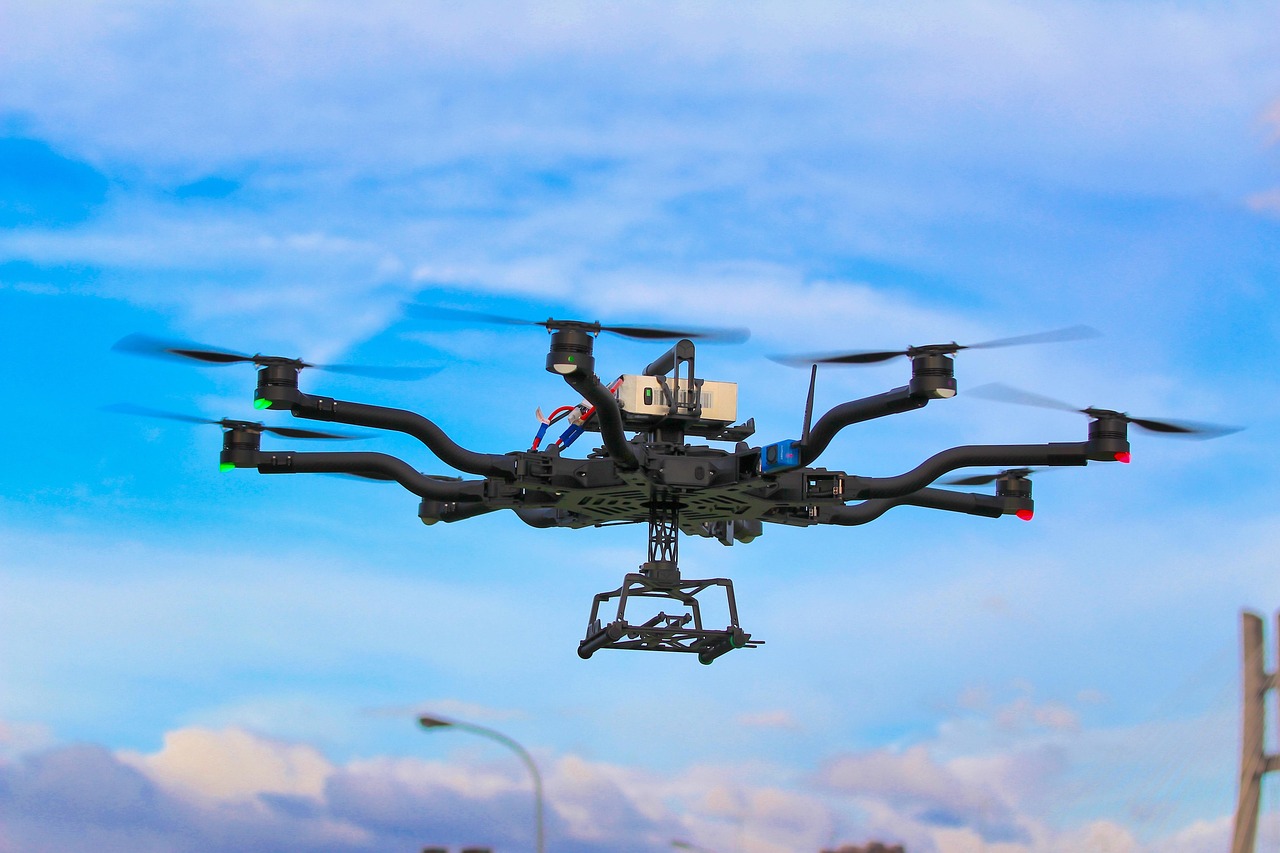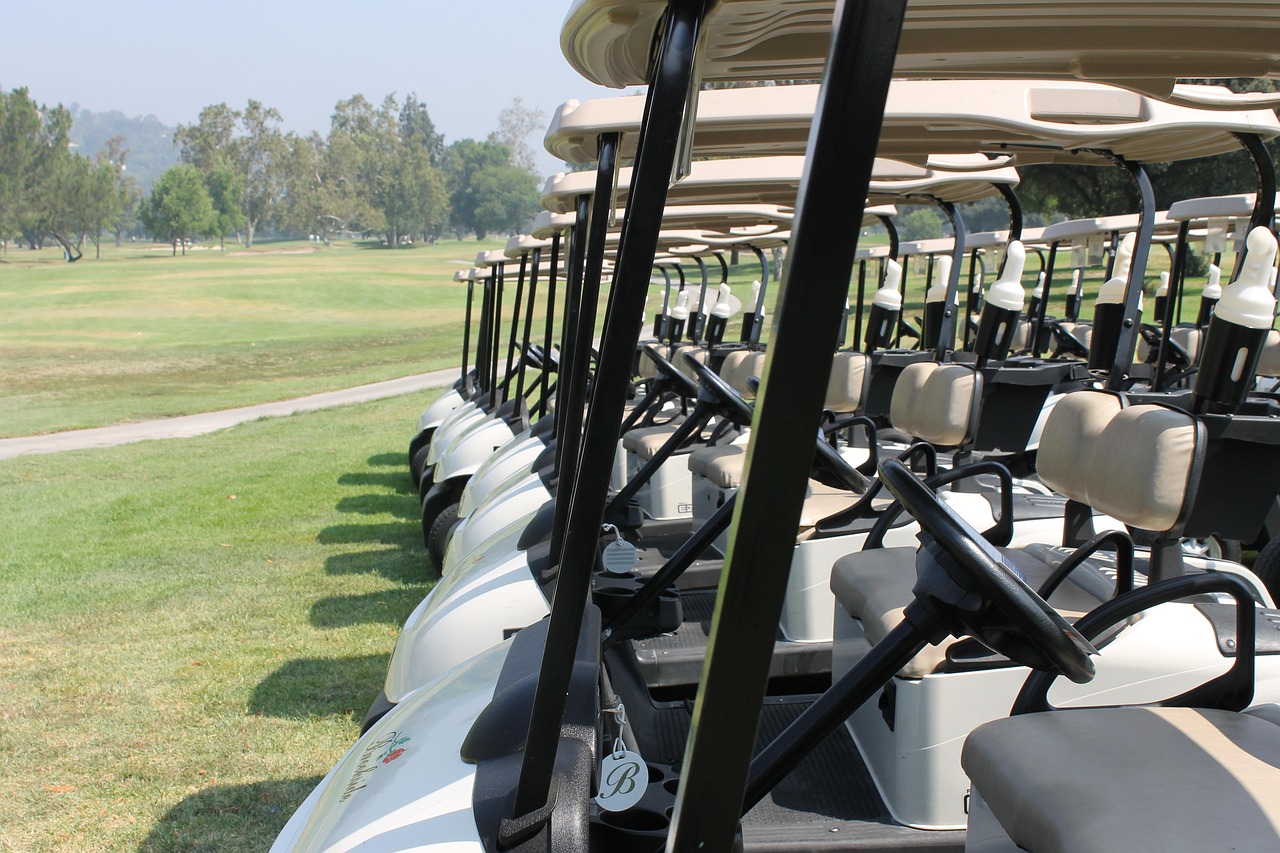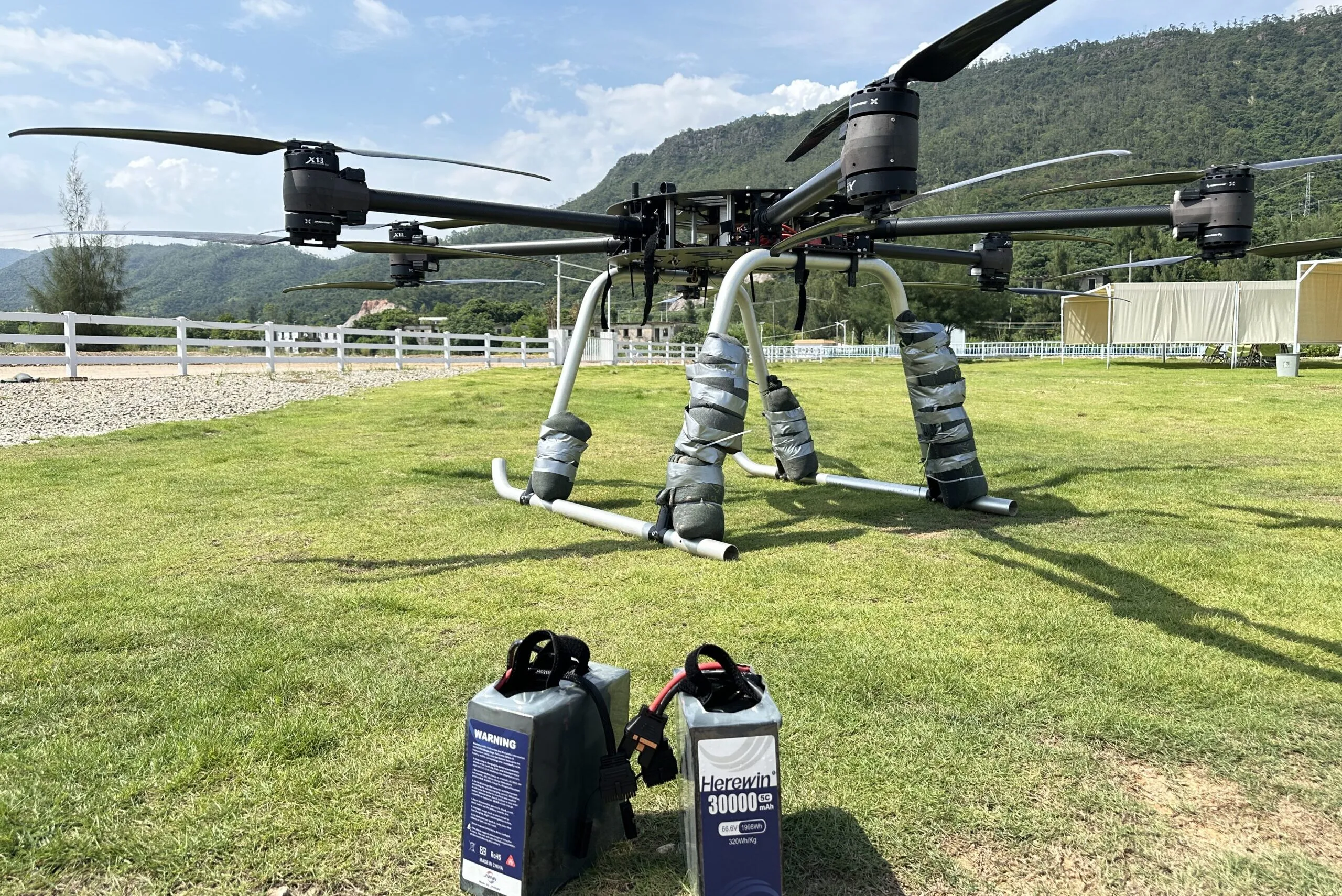
Drone operations often encounter challenges that hinder productivity. Returning to recharge and swapping out batteries can disrupt your workflow. Battery life is crucial in addressing these issues. A long-endurance battery not only extends flight time but also influences mission costs, success rates, and overall reliability.
Consider the following points:
Recharge durations typically range from 35 to 60 minutes, leading to delays.
Most battery-powered UAVs have a flight duration of less than 60 minutes.
By resolving these challenges with high-performance Industrial Drone Batteries, you can enhance your operational efficiency and ensure the success of your missions.
Key Takeaways
Long-lasting batteries enable longer flights, which leads to faster deliveries and more efficient operations.
Choosing high-quality batteries lowers maintenance costs and ensures mission reliability, especially for critical tasks.
Understanding battery types (like Lithium Polymer and Lithium-Ion) is essential for making an informed decision.
Smart battery management systems enhance safety by preventing problems like overcharging and overheating.
Investing in long-lasting batteries saves money in the long run and boosts overall efficiency across various industries.
How Long-Endurance Drives Operational Efficiency
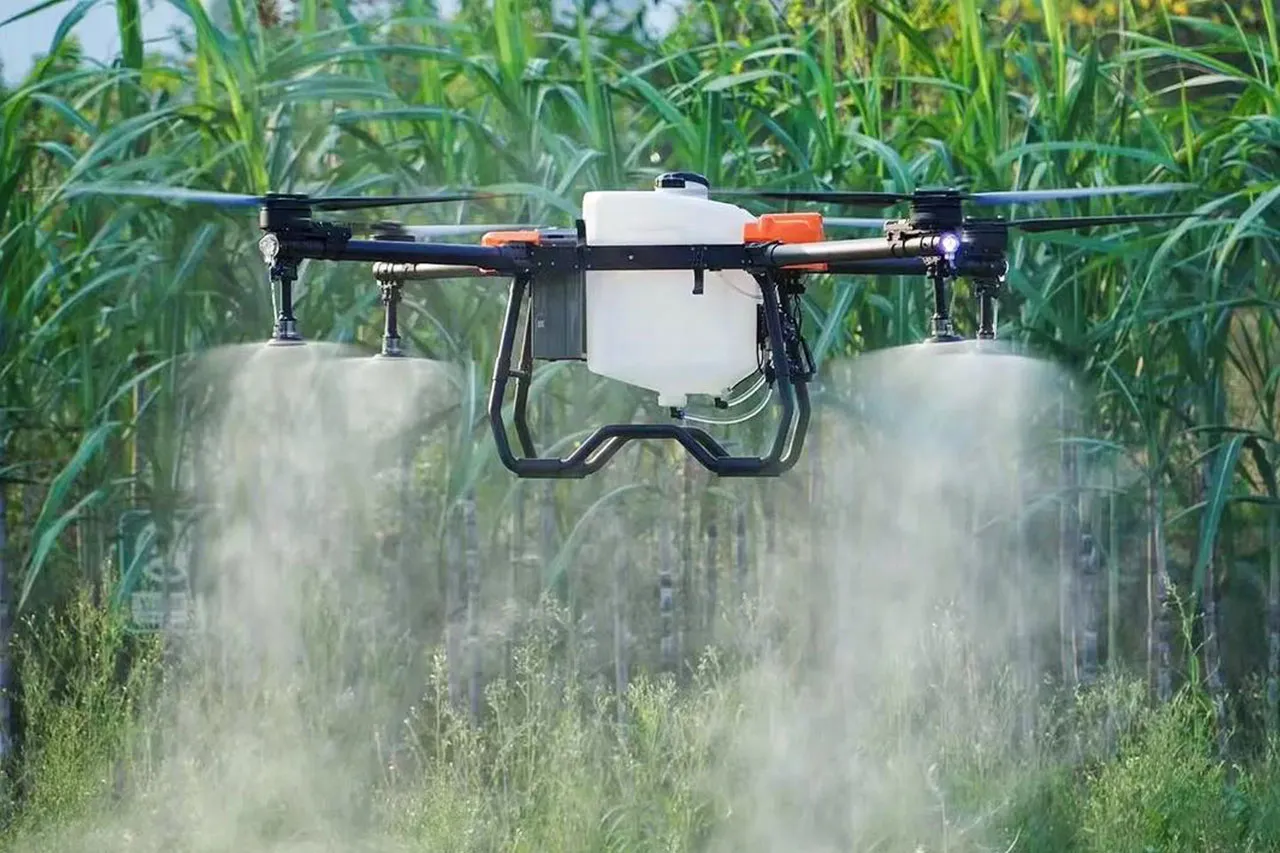
Maximising Efficiency
Long-endurance batteries greatly improve operational efficiency in many industries. In logistics and delivery, drones with better batteries can fly longer. This means you can avoid busy roads, which helps deliver faster than regular vehicles. Drones are also cheaper for short deliveries. They use less fuel and need less maintenance than trucks. In healthcare, drones can quickly bring important medical supplies, especially during emergencies. This shows how vital long-endurance batteries are in urgent situations.
Key Benefits of Long-Endurance Batteries in Logistics:
Longer flight times mean quicker deliveries.
Savings from less fuel and maintenance.
Better reliability in important healthcare situations.
Diversifying Missions
Long-lasting batteries let drones do many different jobs well. In farming, drones with strong batteries can cover big areas fast. This is important for tasks like checking crops and spraying. The longer flight times from these batteries really boost what drones can do in this field.
Battery Type | Payload | |
|---|---|---|
Mid-sized drones | 12-16Min | 10-15L |
Professional drones | 45-120Min | 30-50L / 12.5-206.8KG |
In emergencies, drones gain a lot from longer battery life. They can fly for a long time, giving real-time help for search and rescue missions. This improves how well teams on the ground understand the situation. Also, drones can check damaged buildings for longer, which is key for assessing disaster damage.
Mission Type | |
|---|---|
Long Endurance Flights | Allows for up to 120 minutes of continuous operation, crucial for extended missions. |
Search and Rescue | Provides real-time aerial support, enhancing situational awareness for SAR teams. |
Disaster Damage Assessment | Enables thorough inspections of damaged infrastructure over longer periods. |
Relief Path Planning | Helps navigate through blocked routes with updated aerial maps. |
Recovery Planning | Aids data collection for restoration projects, ensuring complete recovery efforts. |
In environmental monitoring, longer battery life helps drones cover more ground and do complex tasks without needing to recharge often. Better battery technology boosts flight times and payload sizes, allowing for advanced sensors and tools. In cases like wildfires or chemical spills, drones need to stay over dangerous areas for a long time to check conditions. Short battery life can risk mission success and safety, showing the need for better battery endurance in environmental monitoring.
Considerations for Environmental Monitoring:
Battery life limits the ability to finish long and complex missions, especially in urgent situations.
Weather can greatly cut flight time, affecting mission success.
Extra equipment adds weight, using more battery power and lowering operational capacity.
By choosing reliable batteries, you can make sure your drones work well in many tasks, boosting overall operational efficiency.
Industrial Drone Batteries: Selection and Technology
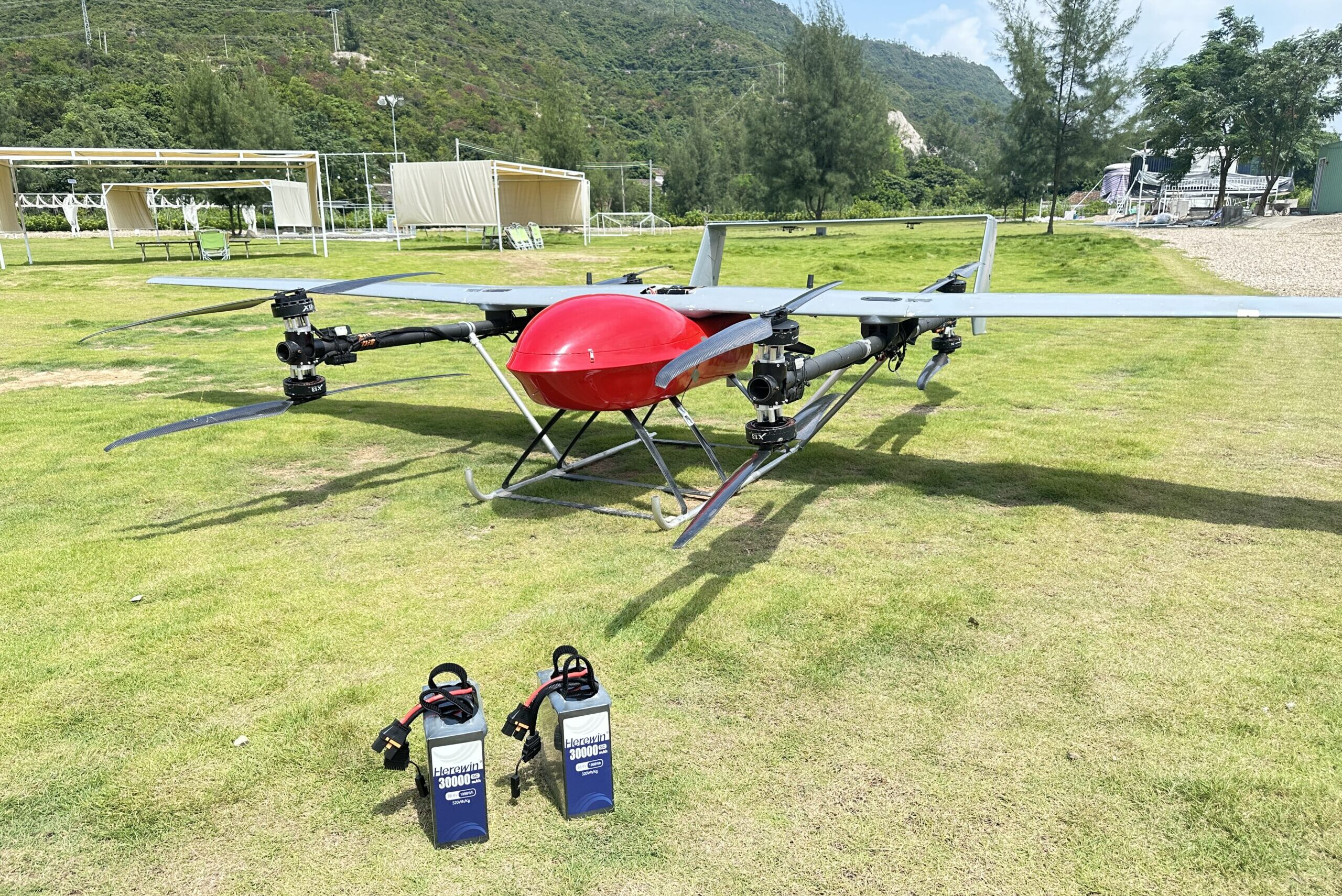
When you pick batteries for your drone, it is important to know the differences between Lithium Polymer (LiPo) and Lithium-Ion (Li-ion) batteries. Each type has special features that can change how well your drone works.
Comparing Battery Types
Energy Density:
Energy density directly impacts flight time. Lithium-Ion batteries typically offer an energy density of 200-250 Wh/kg, which is generally higher than the 150-200 Wh/kg of Lithium Polymer batteries. This means Li-ion batteries can provide a longer flight time for a given weight, making them a primary choice for long-endurance missions.
Cycle Life:
Cycle life determines a battery’s longevity and long-term value. Lithium-Ion batteries usually last for 1000-2000 charge-discharge cycles, significantly outlasting Lithium Polymer batteries, which typically last for 300-500 cycles. This shows that Li-ion batteries can save you money over time because they last longer and need less maintenance.
Battery Type | Safety Profile | Failure Rate |
|---|---|---|
LiPo | More likely to swell and catch fire if damaged or charged wrongly | Higher chance of serious failure |
Li-ion | Generally safer and less likely to fail badly | Lower chance of serious failure |
Demystifying Core Technology
Herewinpower has made big improvements in battery technology, making your drone’s battery work better. Their batteries use semi-solid-state batteries technology, which makes them safer and lighter. Here are some important features:
semi-solid-state batteries can be used over 1,500 times before needing to be replaced, saving you money in the long run.
These batteries work better in extreme temperatures, so your drone can operate well in different conditions.
Herewinpower’s batteries support fast charging, reaching 80% in just 30 minutes. This quick charging is very important for urgent tasks like rescue and delivery.
Also, Herewinpower has smart battery management systems that keep an eye on voltage, temperature, and current. This technology stops problems like overcharging and overheating, helping the battery last longer. You can check the battery status from a distance and plan maintenance, which improves safety and reliability.
By choosing high-quality batteries from Herewinpower, you make sure your drone works well and effectively, getting the most out of it in many uses.
The Value of High-Endurance Batteries
Ensuring Mission Reliability
When you buy long-lasting batteries for your drone, you make missions more reliable. Reliable batteries lower the chance of mission failure. This is especially important for critical tasks like search and rescue. Here are some key benefits:
Longer flight times let teams check bigger areas without stopping. This is very important in emergencies.
More flight time means fewer battery changes, which helps find victims faster.
Drones with better battery life make search and rescue easier. This cuts costs and boosts efficiency.
Besides search and rescue, long-lasting batteries help your drone work well in many missions. Whether you are watching environmental changes or doing aerial surveys, you can trust these batteries to give you the performance you need.
Achieving Long-Term Cost-Effectiveness
Buying high-endurance drone batteries can save you a lot of money in the long run. Here are some things to think about:
High-endurance semi-solid-state batteries last longer over thousands of charge-discharge cycles. This helps lower the total cost for drone fleet operators.
Semi-solid-state batteries have much higher energy density. This can double or triple the range of commercial drones. This means longer flight times and lower costs.
The non-flammable solid electrolyte in semi-solid-state batteries makes them safer. This greatly lowers the risk of fires and explosions during use.
When you pick batteries that last longer, you also change them less often. For example, Lithium-ion (Li-ion) batteries last longer and perform better than Lithium Polymer (LiPo) batteries. While LiPo batteries might cost less at first, they wear out faster, leading to higher maintenance costs later.
To help you choose the best battery for your needs, think about these performance metrics:
Metric | Description |
|---|---|
Voltage (V) | Shows the power level; higher voltage gives more power for high-performance drones. |
Capacity (mAh) | Shows energy storage; higher capacity means longer flight times and more weight-carrying ability. |
C-Rating | Shows discharge rate; higher C-ratings allow for faster energy delivery, which is key for performance. |
Energy Density | Measures energy storage compared to weight; higher energy density means longer flight times without extra weight. |
Cycle Life | Shows how long the battery lasts; longer cycle life means the battery can handle more charge/discharge cycles before it wears out. |
By looking at these metrics, you can make sure you choose reliable batteries that fit your needs while giving you long-term value.
Choosing a battery that lasts a long time is very important. It can change your drone from just okay to really efficient. Focusing on battery life helps you cover bigger areas without stopping. For example, new inspection drones usually fly for 25-35 minutes. This is enough time to check about 2-5 acres of solar panels.
When picking drones, think about these points:
Longer battery life makes operations better.
Eco-friendly batteries help the environment.
Smart battery management systems make things safer and more reliable.
Make smart choices based on what you need for your missions. This way, you can get the most out of your drone operations.
FAQ
What types of drones benefit from long-lasting batteries?
Long-lasting batteries are helpful for many types of drones. This includes drones used in logistics, farming, and emergency services. These batteries improve flight times and how well the drones work. This helps you finish tasks more easily.
How do I choose the right battery for my drone?
Think about things like energy density, cycle life, and if the battery fits your drone. Batteries with high energy density let you fly longer. A longer cycle life means you change batteries less often, which saves you money over time.
Can I use lithium-ion batteries in all drones?
Not every drone can use lithium-ion batteries. You should check your drone’s details to see if they work. Some drones need lithium polymer batteries to perform their best, especially when they are under a lot of demand.
How do I maintain my drone batteries?
To keep your drone batteries in good shape, store them with a charge level of 40-60%. Don’t let them run too low or expose them to extreme temperatures. Regularly look for any damage or swelling, and follow the manufacturer’s instructions for charging.
What are the safety features of Herewinpower batteries?
Herewinpower batteries have smart battery management systems. These systems watch over voltage, temperature, and current. They help stop overcharging and overheating, making sure your drone missions are safe.
See Also
The Importance of Advanced Batteries for Safe Drone Delivery
Unveiling the Essential Role of Drone Batteries in Logistics
How Battery Management Systems Improve Drone Battery Efficiency
Why Lithium Ion Batteries Outperform Traditional Drone Battery Choices

